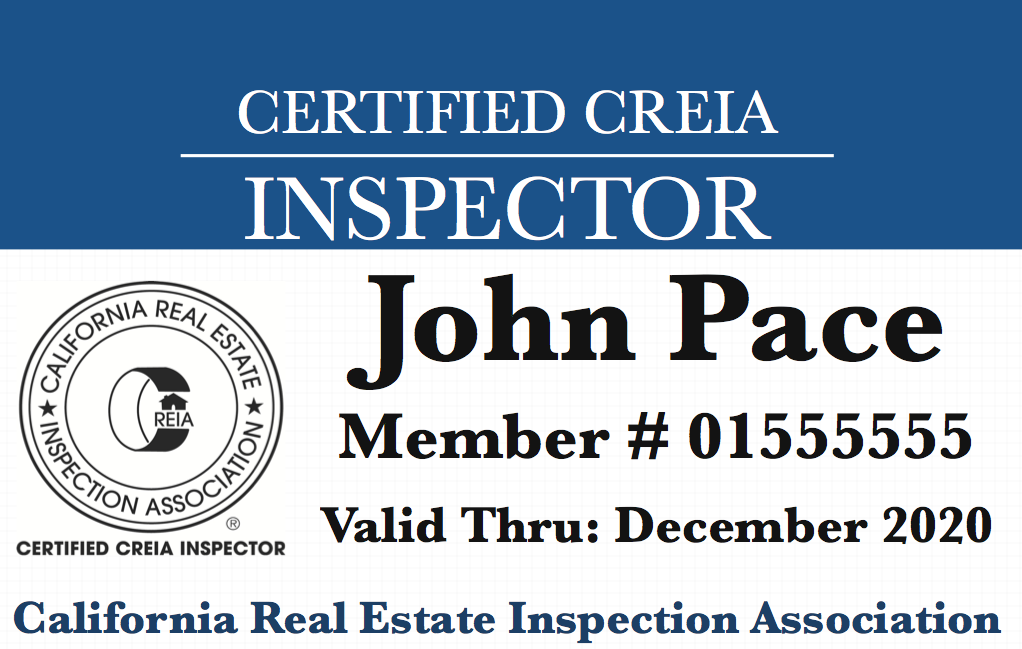This Year – Don't Just Change Your Smoke Alarm Batteries Change Your Smoke Alarms-: Smoke Alarms That Fail
This Year – Don't Just Change Your Smoke Alarm Batteries Change Your Smoke Alarms
Ionization Versus Photoelectric Smoke Alarms
By Skip Walker
Like most, I used to think that a smoke alarm was a smoke alarm. After all, everything in stores must be certified by an independent lab such as UL. The reality is that all smoke alarms are not the same. Most residential smoke alarms use one of two basic technologies. They are either ionization or photoelectric. The simple truth is that there are very significant differences in the way these devices respond in real-world fires. Ionization alarms are notorious for nuisance tripping from cooking and even the steam from a shower, but they are very slow to respond – if they respond at all – in a room filled with smoke from a smoldering fire. During the last 30 years we have installed several hundred-million smoke alarms in US residences. Today nearly 95% of homes have at least one smoke alarm. Recent data for residential fire deaths shows that there are approximately 8 deaths per 1,000 fires. This number has remained largely unchanged over the last 30 years. This is a difficult statistic to explain. “I estimate that at least 10,000-15,000 people have died unnecessarily in smoldering house fires since 1990 because they relied on ionization detectors.”
Jay Fleming, Deputy Fire Chief , Boston, MA.
Ionization type smoke detectors account for well over 90% of the smoke alarms installed in residential construction in the US. This technology uses a small amount of radioactive material to detect changes in the airflow across the sensor. On average, ionization units respond about 30 seconds faster to an open-flame fire than photoelectric type alarms. However, in a smoldering fire, ionization units respond on average 30 to 60 minutes slower than a photoelectric unit. In some cases, they may not respond at all. Most residential fire fatalities occur at night and are result of smoke inhalation. The flash-over point in a fire is basically the point where the fire goes critical. Twenty to thirty years ago, the flash-over point in a fire occurred in as little as 12-14 minutes. Due primarily to the increased use of synthetic and engineered materials, flash-over now often occurs in as little as 2-4 minutes. This leaves the occupants significantly less time to safely exit their home in a fire. The issue with ionization alarms is more than just the inferior response times. A recent Alaskan study shows that ionization units are up to 8 times more likely to be non-functional in the first year after installation. Because ionization units are very prone to nuisance tripping from cooking, etc., people become frustrated and intentionally disable the units - i.e. they remove the battery, etc. This leaves the home unprotected. Homes with non-functional smoke alarms account for around 2/3's of all fire deaths. Statistically, ionization alarms are the most likely to be disabled. Most of the other 1/3 of fire deaths occur in homes where a functional alarm is installed. However, in far too many cases, the alarm sounds too late to alert the occupants. For Dean Dennis and Doug Turnbull, the battle to ban ionization alarms is a very personal mission. Both lost daughters in separate Ohio college dorm fires. These two fires claimed a total of eight lives. There were a total of 20 functional smoke alarms in these two smoldering fires. All alarms were ionization type alarms. All are believed to have been working, yet none responded. As a way to bring awareness to this critical life-safety issue, Dean and Doug teamed up to form Fathers for Fire Safety. Their group works very closely with the World Fire Safety Foundation, an Australian group that has been instrumental in educating the fire safety community and general public about this critical issue. One of the most disturbing aspects of this is that it is not new information. There is significant research going back to the mid-1970's showing that ionization “may not operate in time to alert occupants early enough to escape from smoldering fires.” (source AFAC) "We put 50 million smoke detectors in buildings in America in a two year period and our fire loss and death rate goes up. We're having a little trouble explaining these things."
Gordon Vickery, former head of the US. Fire Administration
Source: Fire engineering magazine, September 1980
Boston Fire Chief Jay Fleming has been calling for the effective ban of ionization units since the 1990's. Although it has taken decades, there is a growing public awareness of this issue. The International Association of Firefighters (IAFF) officially changed their position in 2008 calling for the switch to photoelectric smoke alarms. After several highly publicized fires, the state of Vermont effectively banned ionization units in residential construction in January 1, 2009. In July, 2010, the City of Albany became the first city in California to require photoelectric smoke alarms in new construction and remodels. In November 2010, the City of Palo Alto enacted an ordinance mandating photoelectric technology smoke alarms. Hopefully, California will step up and join Vermont in banning ionization technology altogether at the state level. August 2008: The 292,000 member, International Association of Fire Fighters (IAFF), has changed their position on smoke alarms to formally endorse photoelectric smoke detectors. IAFF members protect over 85% of the population in the US and Canada. The IAFF’s Official Position is to: a) ONLY Recommend Photoelectric Smoke Detectors/Alarms “RESOLVED, That the IAFF propose and support the mandate of only photoelectric smoke detectors in United States and Canadian federal law, in all state, provincial and local legislation, and in all standard development organizations' building fire and life safety codes and standards . . .” b) NOT Recommend Combination Alarms “WHEREAS, dual alarms, also called combination alarms, that contain both technologies are available but the benefit over photoelectric in the response to fires is marginal. They are more costly, and they will experience the same Albany, CA Fire Chief Chief Marc McGinn recently spoke on this important issue at both the Golden Gate ASHI and the Silicon Valley ASHI/CREIA Chapters. Chief McGinn has called for, “the immediate removal of the fraudulent, deadly, ionization so-called smoke alarms from all stores and homes before more people are needlessly maimed or killed.”
After hearing Chief McGinn speak, Douglas Hansen said, “This issue has more impact on the life safety of your clients than just about anything. Actually, make that just plain anything.” As professional inspectors, safety related issues are one of our most important tasks. How do you know which you have? It's not always possible to know. In general, if the unit has a Hush feature, it is an ionization unit. If the label says anything about radioactive materials, Americium-241 or the model number ends in an “I” - then it is an ionization unit. When there is any doubt, there is better than a 90% chance it is an ionization unit. To be safe, simply replace all unknown units with photoelectric units. There are combination photoelectric/ionization units on the market. These suffer the same issues as ionization only detectors. They nuisance trip due to the ionization detector. In some cases, the manufactures reduce the sensitivity/response of the units to smoke to cut nuisance tripping. The design of certain combination units is such that the response is identical to ionization only units. The International Association of Fire Fighters specifically recommends against installing combination alarms. I suggest that we do so as well. There are also combination photoelectric/carbon monoxide (CO) alarms. These combination units are more expensive. From a safety standpoint, smoke alarms should be replaced every 10 years. Most carbon monoxide detectors should be replaced every 5 years. So your either replacing the smoke alarm portion more often than needed or relying on a CO detector that is past its replacement date. Separate units simply make more sense. As CREIA inspectors, public awareness of this issue must become the number one priority for each of us. This issue doesn't just affect the safety of our clients, it directly impacts nearly everyone of us, our families, our friends and our neighbors This year, don't just replace your smoke alarm batteries – replace your alarms with photoelectric units and recommend that all of your family, friends and clients do the same! About the author: Skip Walker lives in the SF Bay Area and has performed over 2,800 paid inspections since becoming a CREIA member in 2003. Skip is both a CREIA Master Inspector and an ASHI Certified Inspector. Skip is an ICC Certified Residential Combination Building Inspector and a F.I.R.E. Certified Inspector. Skip is the past education chair for the Silicon Valley ASHI/CREIA Chapter, CREIA State Secretary and the CREIA Region Three Director. He also holds a California Real Estate Appraisal Trainee License. Skip may be reached at [email protected]. |


 nuisance problem as ionization smoke alarms . . .”
nuisance problem as ionization smoke alarms . . .”